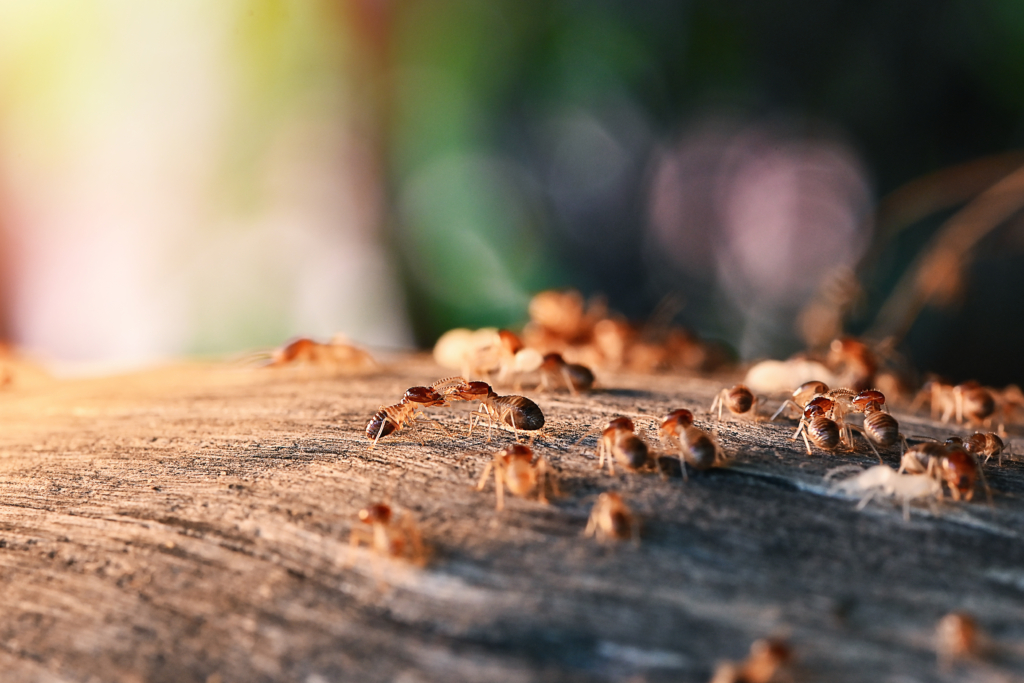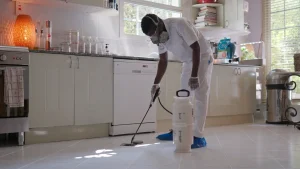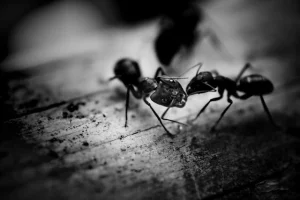
Finding termites in your yard can trigger a wave of concern and uncertainty. The primary question most homeowners grapple with is, “Should I treat my house?” Before rushing to conclusions, it’s vital to understand the nature of termites, their behavior, and factors that influence their migration from your yard to your house. This understanding can provide you with a clear path forward and ensure an appropriate response to your discovery.
A Brief Overview of Termites
Termite are social insects, organized in colonies, with various castes that have different roles, including workers, soldiers, and reproductive termites. In the quest for food (cellulose), termites can venture out and explore diverse areas, including your yard.
Two types of termites often interact with human structures: Subterranean termites, which nest in the soil, and Drywood termites, which live directly in wood. Recognizing the type of termite in your yard is the first step to assess the risk to your home.
Assessing the Risk
Seeing termites in your yard doesn’t necessarily mean your home is infested or will be infested. The real risk depends on several factors.
- Termite Species: If the termites in your yard are subterranean, the risk to your home can be significant because these termite travel through mud tubes they construct to access food sources above ground. They can infiltrate your home’s foundation, particularly if it’s in direct contact with soil. Drywood termite, on the other hand, require wood-to-wood contact to spread and are less likely to move from isolated yard locations to your home, unless there’s infested firewood or furniture close to the house.
- Distance from Home: Termites forage a certain radius around their colony. Subterranean termites can forage up to a 100 meters. So, if your house is within this distance of the colony in the yard, the likelihood of infestation increases.
- Presence of Food Sources: If there are plentiful food sources in your yard (dead trees, tree stumps, or piles of lumber), termites may never make it to your house. However, if your yard is well-maintained, termites could start exploring other potential food sources, such as your house.
To Treat or Not To Treat?
Considering the variables above, treating your house becomes a matter of risk management. It may not be immediately necessary, but precautionary measures can save future headaches and hefty repair bills.
- Inspections: The best course of action after finding termites in your yard is to have your home professionally inspected. Pest control experts have the experience and tools to identify signs of termite activity that the average homeowner might miss.
- Preventive Treatment: If your home is at risk but not yet infested, you might consider preventive treatments. These treatments can deter termites and protect your home from potential infestations. Common preventive methods include soil treatments, baiting systems, or physical barriers during construction.
- Active Infestation Treatment: If the inspection reveals an active infestation in your home, then a termite treatment plan should be initiated. Depending on the termite species and the infestation’s extent, this might involve chemical treatment, wood treatment, baiting systems, or fumigation.
- Yard Treatment: Regardless of whether your home needs treatment, addressing the termite colony in your yard can be beneficial. It will reduce the overall termite population and decrease the likelihood of future infestations.
Can I treat my home myself?
While it’s possible to buy do-it-yourself termite control chemicals online or from feed, hardware, or nursery supply stores, it’s generally advisable to hire a professional to treat your home. This is due to the specialized equipment and Dubai approved chemicals required for effective and safe treatment. Although these DIY products can be effective for spot treatments in limited areas, comprehensive treatment of a house requires professional expertise. Therefore, DIY pest control should be restricted to less valuable, smaller structures like sheds, fence posts, decks, and wood piles.
Conclusion
Finding termites in your yard can certainly be a cause for concern, but it doesn’t unequivocally mean your house needs treatment. Understanding the type of termites, the location of the colony relative to your home, and the presence of other food sources are all key factors to consider.
When in doubt, it’s always best to consult a professional. Pest control experts can assess the situation accurately and recommend an appropriate course of action. Remember, proactive termite control measures can go a long way in maintaining the health and longevity of your home. It’s always better to be safe now than sorry later.











